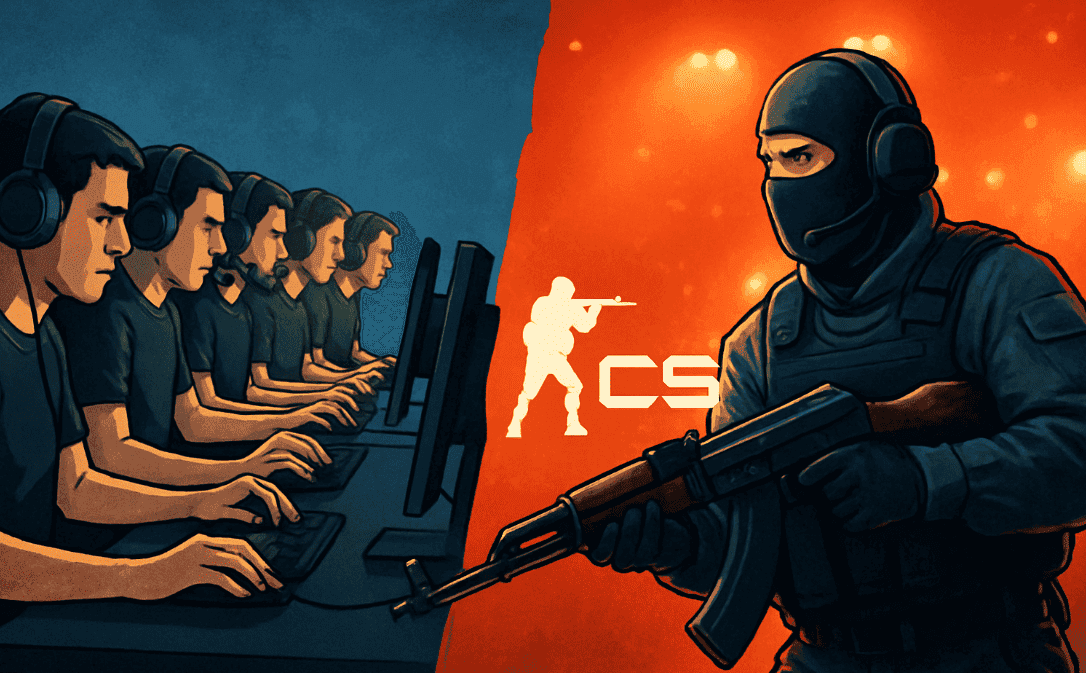Top CS2 Case Sites



In CS2 esports, many teams show different levels of performance depending on the setting — LAN vs. online. Some rosters dominate during online seasons but struggle at LAN events, while others thrive under the spotlight. Understanding these differences is essential for coaches, captains, and analysts.
Network Conditions
Online matches often experience ping spikes and unstable connections, while LAN environments offer nearly perfect conditions with minimal delay. Players with strong mechanics and optimized CS2 configs perform better offline, where precision is unhindered. Studies show that even slight latency can negatively affect aim accuracy and reaction speed in shooters.
Psychological Pressure and Stage Environment
At LAN tournaments, players face a live audience, bright lighting, cameras, and noise — all of which create psychological stress. Those who can focus and draw motivation from the atmosphere often gain a competitive edge.
Hardware and Infrastructure Stability
LAN setups ensure standardized equipment: identical PCs, stable frame rates, and fewer hardware issues. Online, players might face fps drops, overheating, or peripheral inconsistencies that affect gameplay.
Team Synergy and Communication
Offline play strengthens team coordination due to physical presence, clearer sound, and shared focus. Online communication, however, can suffer from voice delay and desynchronization, which impact timing and reactions.
Empirical Observations
Community discussions and professional analysis often highlight the so-called “LAN boost” — some teams perform far more confidently and consistently offline, while others rely on the comfort and routine of their online setups.

